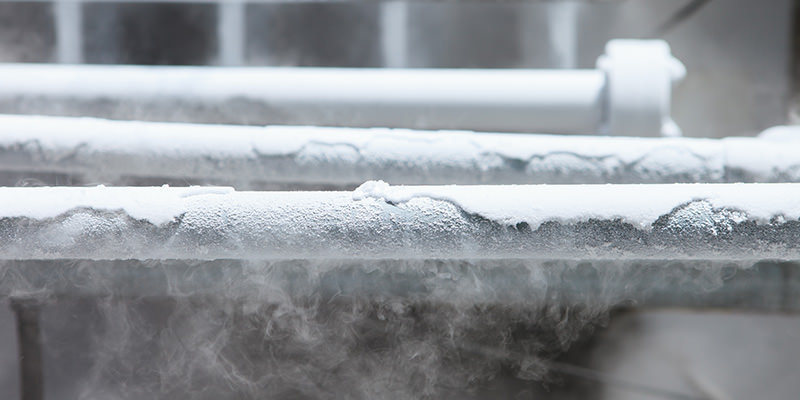If you’re a fan of whiskey, you may or may not know about chill filtering. A fairly controversial practice, it’s actually not talked about much—or legally disclosed on whiskey labels. But if you’re about to drop $60 on a bottle of Single Malt, it’s a good idea to get acquainted.
Fortunately, the name’s pretty descriptive: in chill filtering, whiskey (Bourbon, Rye, Scotch, etc.) is chilled down to around 0 Celsius and passed through a fine absorption filter, the goal being to capture certain esters, proteins, and fatty acids produced during the whiskey-making process.
Why bother? The answer: looks. The same way some distilleries use caramel coloring to “correct” the appearance of their whiskey, they can also use chill filtering to make sure the whiskey remains crystal clear once it hits your tumbler. If you leave those compounds in, they can precipitate and turn the whiskey hazy, but only if it reaches cooler temperatures (if you have your Scotch on the rocks, you’ll get some cloudiness). Whiskies over 46% ABV won’t ever haze over because the higher alcohol content prevents the bonding necessary to produce precipitate, which is why some distilleries specifically distill their whiskies to 46%—they can avoid chill filtering and the whiskey will still look beautifully haze-free. End of story, right? Not quite.
Because it’s whiskey, something (rightfully) obsessed over, chill filtering isn’t without its opponents. The compounds the process removes—especially those esters and fatty acids—can actually contribute flavor, persistence of finish, even a rounder mouthfeel. Lose them, it’s argued, and you’re sacrificing some of the whiskey’s complexity. Which, if you like whiskey, is a pretty huge deal.
And that’s exactly why some distilleries—including an increasing number of Scotch distilleries—skip the step entirely for some if not all of their offerings. Bruicladdich gives a lengthy, and pretty scientifically intense, explanation for exactly why they don’t chill filter. Their closing line: “We would rather a haze in the glass than lose the flavor and texture created all those years ago during fermentation and ameliorated over years of maturation.” Four Roses, on the other hand, splits the difference, chill filtering some of its bourbon and skipping the step for its Limited Edition series.
Of course, there are those who say the effects of chill filtration are imperceptible, a harmless way to meet aesthetic expectations in a competitive market. Over the course of a fairly extensive blind tasting in Germany in 2014, 111 Scotch whisky connoisseurs had only a 50% success rate at identifying chill filtered vs. non-chill filtered whiskies. Then again, earlier this year, whiskey guru Chuck Cowdery reported “ten distinctly different flavors” from 10 differently-filtered versions of Michter’s 10 Year Rye whiskey. In fact, chill filtering, Cowdery says, “is supposed to have only a minor effect on flavor, but it can be manipulated to deliberately affect taste in a significant way.” Meaning a distillery could use chill filtering for more than just clarity of product; they could use it to alter the flavor.
Whether you should avoid chill filtered whiskey (pretty impossible) is up to you, depending on how much haze and/or ABV you like in your glass. But if non chill filtered whiskey actually preserves even a tiny bit of the product’s innate complexity, there’s reason to believe a beverage market romantically bent on authenticity, terroir, and limited craft-level production will learn to prefer it.

